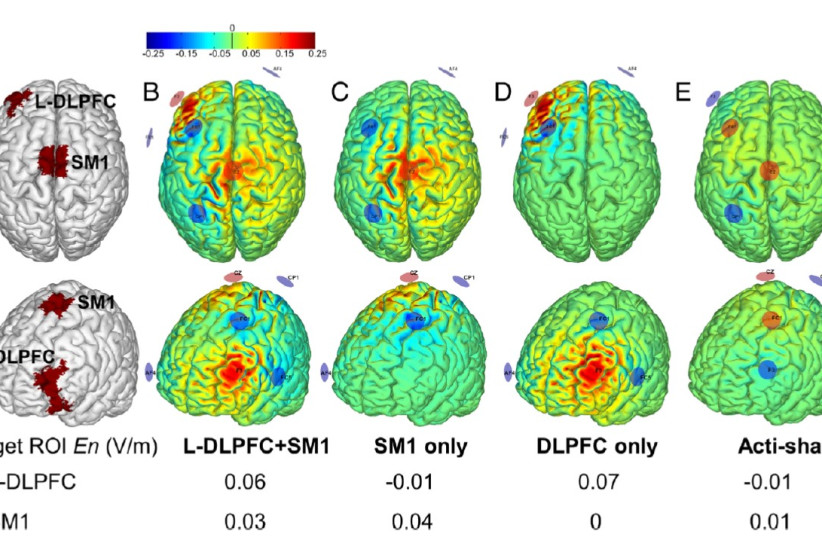Each of them was tested with four different treatments: sham, to elicit no effect, but to cancel out any placebo effect, stimulation of a cognitive region of the brain (DLPFC) that Attention is responsible for splitting, the stimulation of the sensory-motor area of the brain that contributes to the regulation of walking and the simultaneous stimulation of both areas – motor and cognitive – simultaneously. Each treatment consisted of non-invasive stimulation using a very low-intensity electric current for 20 min. Immediately after cessation of treatment, each subject’s walking and standing sway was assessed, with and without a request to perform a cognitive task.
cnxps.cmd.push(function () { cnxps({ playerId: ’36af7c51-0caf-4741-9824-2c941fc6c17b’ }).render(‘4c4d856e0e6f4e3d808bbc1715e132f6’); });
if(window.location.pathname.indexOf(“656089”) != -1){document.getElementsByClassName(“divConnatix”)[0].style.display =”none”;}else if(window.location.pathname.indexOf(“/israel-news/”) != -1){ document.getElementsByClassName(“divConnatix”)[0].style.display = “none”; var script = document.createElement(‘script’); script.src=”https://player.anyclip.com/anyclip-widget/lre-widget/prod/v1/src/lre.js”; script.setAttribute(‘pubname’, ‘jpostcom’); script.setAttribute(‘widgetName’, ‘0011r00001lcD1i_12258’); document.getElementsByClassName(‘divAnyClip’)[0].appendChild(script);}else if(window.location.pathname.indexOf(“/health-and-wellness/”) != -1){ document.getElementsByClassName(“divConnatix”)[0].style.display = “none”; var script = document.createElement(‘script’); script.src=”https://player.anyclip.com/anyclip-widget/lre-widget/prod/v1/src/lre.js”; script.setAttribute(‘pubname’, ‘jpostcom’); script.setAttribute(‘widgetName’, ‘0011r00001lcD1i_12246’); document.getElementsByClassName(‘divAnyClip’)[0].appendChild(script);}
The results showed that stimulation of the cognitive area, whether alone or in conjunction with stimulation of the motor area, reduced the negative effects of cognitive function on walking and standing stability by about 50%. On the other hand, sensory-motor area stimulation and sham stimulation alone did not improve subjects’ performance. The investigators explained that, since the stimulation is gentle, it does not activate the brain’s neurons, but only increases their excitability, which then facilitates the patient’s ability to activate those neurons in their brain.
Professor Hausdorf explained, “Dual tasks that involve walking while simultaneously performing a cognitive task, such as on a cellphone or talking with a partner, occur frequently throughout the day.” “The ability to divide attention is required for the concurrent performance of two tasks. We know that in older people, difficulty performing one task while walking or standing may be related to an existing and/or potential problem related to both tasks.” There are several serious and undesirable consequences of falls for older adults. We sought to examine the benefits of very low-intensity, non-invasive electrical stimulation of different parts of the brain, Hoping that this may improve their ability to perform both tasks simultaneously in a safe way.”
 Image of the results of an experiment conducted by TAU researchers. (credit: Courtesy/Tel Aviv University)
Image of the results of an experiment conducted by TAU researchers. (credit: Courtesy/Tel Aviv University)
The study team included investigators from Harvard University, the Institute for Research and Medicine in the US and Spain, and the Tel Aviv Sorasky Medical Center (Ichilov). The study was published in history of neurology, Journal of the American Neurological Association. The research was funded by a grant from the US-Israel Binational Science Foundation.